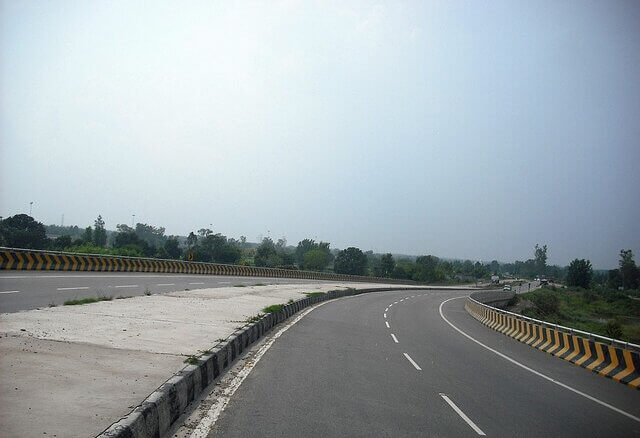
The Indian Government is set to sustain its aggressive pace in highway development, with plans to approve additional projects by the end of December, potentially raising the total project cost to Rs 2 lakh crore. This move is part of a broader strategy by the Modi 3.0 administration, which has already greenlit a series of significant infrastructure ventures, including highway and railway projects.
Union Minister for Road Transport and Highways, Nitin Gadkari, has indicated that the government is actively progressing on the Prime Minister’s 2047 vision, approving projects on a tender-by-tender basis. Last month alone, the Cabinet sanctioned projects worth Rs 51,000 crore, with another Rs 40,000-50,000 crore in the pipeline. The aim is to clear projects totaling Rs 2 trillion by the end of the year.
Despite concerns about the National Highways Authority of India’s (NHAI) substantial debt and a growing reliance on budgetary funds, the minister assured that funding would not impede highway development. The current fiscal year targets the construction of 10,421 km of highways—a 15 per cent reduction from the previous year. For the 2024-25 fiscal year, the ministry has set a capital expenditure target of Rs 2.72 lakh crore, a modest 2.9 per cent increase over the previous fiscal year’s expenditure.
The push for rapid project clearance continues despite a directive from the Department of Expenditure, which advised against approving new projects or awarding contracts under the Bharatmala Pariyojana scheme until revised project costs were sanctioned. Consequently, no new Bharatmala projects will be approved in 2024-25. The Bharatmala initiative, launched in 2017, aimed to construct 34,800 km of highways across 31 states and Union Territories. To date, 26,425 km have been awarded and 17,411 km built. The remaining 8,375 km will now be incorporated into the Vision 2047 plan.
In addition to highway expansion, Gadkari highlighted a new approach to toll collection through satellite-based systems. The government is exploring a model that could reduce toll collection costs and potentially generate additional revenue. Current practices involve spending 14 per cent of toll revenue on collection costs. The proposed system would see toll collection companies providing an additional 2 per cent of revenue to the government, rather than receiving a fee for their services.
This innovative model is still under discussion, with a global tender for Global Navigation Satellite System (GNSS) – Based Electronic Toll Collection (ETC) planned following successful pilot projects. The government is keen to finalize a system that not only saves on toll collection expenses but also enhances revenue generation through strategic partnerships with technology providers and financial institutions.

